There has been a firestorm of discussion lately after Chris Anderson, editor of Wired Magazine and author of the long tail recently "outed" all the PR professionals that had been contacted him with anonymous spam style "Dear Editor" communications. On a day where he had more than 300 of these, he finally decided he had enough and fired off a post banning those PR folks from contacting him and adding him to his blocked sender list. The conversation has now been discussed to death on all kinds of blogs with most people essentially taking one of three viewpoints:
- PR people are spammers and they deserve it.
- Chris makes a fair point, but its unfair to publish people’s email addresses or offer them no way to get off the list.
- Chris is a self-important blowhard who should get used to the email because he’s an Editor of a major pub.
At this point, I really don’t think there’s anything I can add to the conversation … especially because I don’t consider myself a PR pro in this sense and have never actually pitched a media person for anything. I am a marketer, and the concept we deal with all the time is spam – or more broadly speaking, unwanted conversations. It got me thinking about the different types of unwanted conversations we all must deal with today in a world where conversations are happening all around us and often directed to us whether we want them or not. In my estimation, there are 5 methods of dealing with these unwanted conversations:
- Filters, blockers and blacklists. These can be a combination of automated features and manually set up lists. Chris Anderson noted in a follow up post that he manually blacklisted all the emails of the PR folks that had sent him unwanted emails. Personal blacklists in your email can be a great way to do this. My blog also has a list of blocked words for comments like "viagra" and "casino." Spam filters are increasingly standard to catch the usual spam phrases about body part enlargement and the like.
- Barriers, verification and validation. The next stage of automated checking are CAPTCHAs, requiring a login in order to comment, or using some other method to verify that there is a real person trying to connect with you. It is commonly used on blog comments to make sure there is a real person behind the conversation.
- Ignoring or screening them. This is the time honored way, and usually works. The only downside is that if the volume of these conversations is very high, it can get tougher and tougher to do this. The other negative is that it is not very satisfying, as you don’t get a chance to let someone know that their message was irrelevant and ignored.
- Selective friending. With the growing number of social network profiles we all have, the real problem with unwanted conversations is that they can often come from "friends." Once you have granted someone access into your circle, you have unwittingly given them permission to start an unwanted conversation with you. The only real way around this is either to be more selective with your friending, or to take the rude route and either ignore the conversation or (gasp!) "de-friend" a frequent offender.
- Closed Responses. This is often the last resort for unwanted conversations, and one that most of us probably find ourselves using more and more. Closed responses are the ones that answer a question, but leave little room for follow up. They are the best way to deal with conversations that you may be baited to join (by people trying to pull you into controversy) or conversations that for whatever reason you are not completely involved or interested in.
What do you think about these methods? Are you using them all equally or is there one that you rely on more than any other? Or perhaps there is a sixth method that I missed …







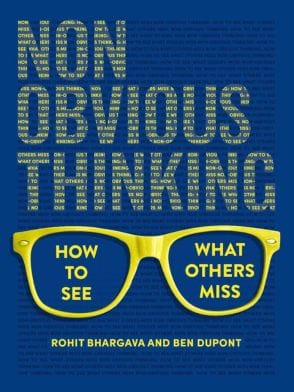





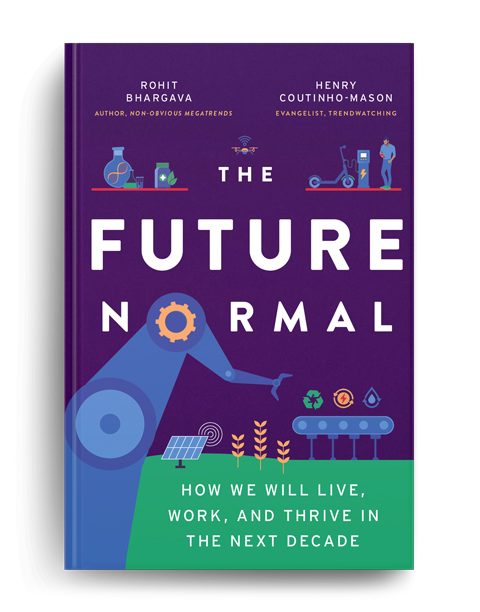
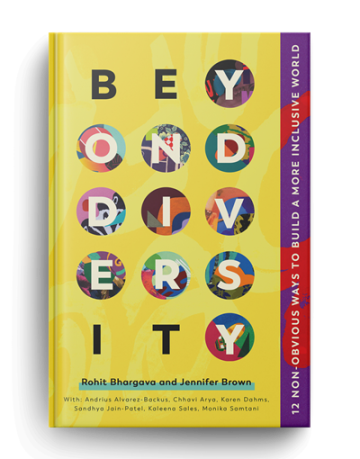
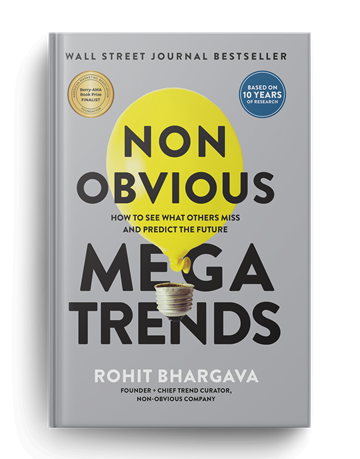
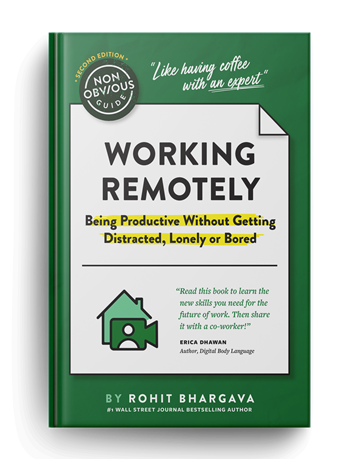
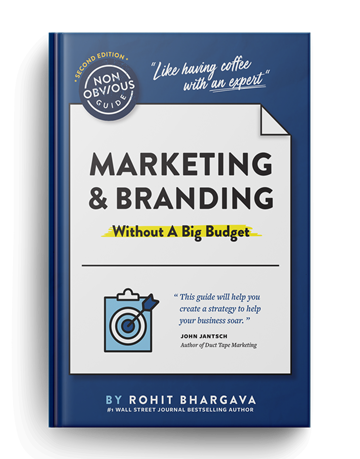
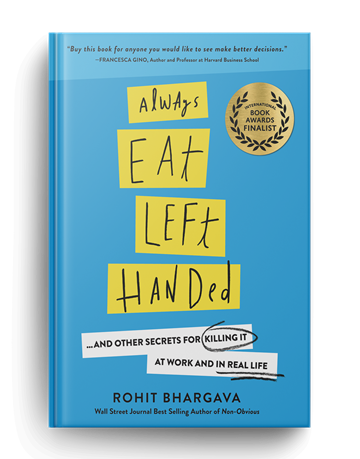
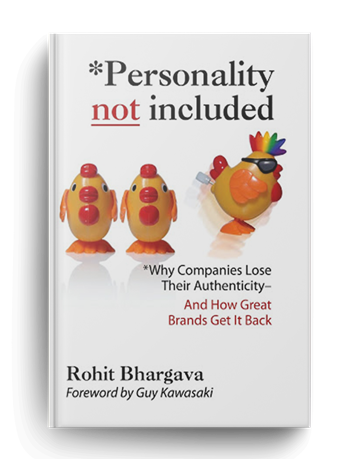
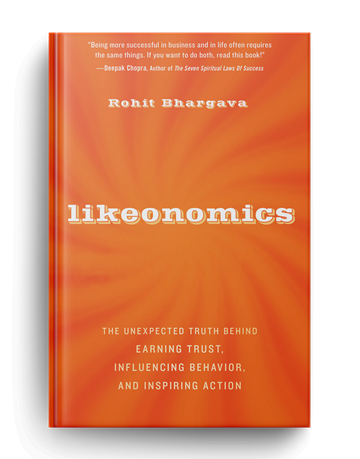


I couldn’t agree more. I don’t feel bad for Chris. Celebrity has its price, and this is it. Publishing these emails was absolutely out of line.
What is your definition of the differences between the following:
PR
Marketing
Advertising
I believe they are different types of communication. Each involve a heavy amount of communication and understanding of people. However, each has different aspects or processes to develop good communication..
Your thoughts?
First: I think filters are great. My company has a fabulous filter that has reduced my spam volume from about 100 a day to only 10-12 per day. It’s great!
Second: Not all PR people are spammers. Those who practice the profession ethically and responsibly will send a polite e-mail containing newsworthy information and offer the receiver an opportunity to respond that they do not wish to get your e-mails anymore.
However, all those spam e-mails I’m glad I don’t receive anymore were sent by marketers — not PR people. They definitely had something to sell!
Closed Responses are my favorite. Assertiveness is a key feature of my personal brand.